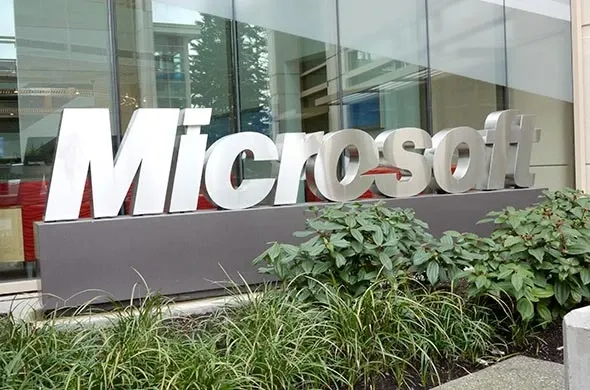CES 2026: Samsung To Operate a Standalone Exhibition Hall
Samsung announced that it will present a new exhibition paradigm with The First Look at CES 2026.

Microsoft is creating a version of the Windows 10 operating system that will run on laptops powered by Qualcomm chips, a move that could erode Intel’s dominance in PCs and help the software maker gain a bigger foothold in mobile computing, according to Bloomberg.
Chips from Qualcomm, the largest maker of semiconductors used in phones, are designed to work on limited battery life and have integrated cellular connections. Bringing Windows 10 to notebooks and tablets that run on these chips will result in sleeker devices that can go days without needing to be plugged in and are always connected, the companies said. The first devices will be available as soon as next year, Microsoft said in a blog post, without specifying which manufacturers have committed to make them.
If successful, the effort will pose the first major challenge to Intel technology in personal computers since the market’s birth in the early 1980s. It’ll also bring to Windows the Qualcomm chips that have been integral to the explosion of mobile computing, a growing business Microsoft has failed to crack. The tie-up isn’t the first time the world’s largest software maker has tried to bring Windows to computers running on chip technology other than Intel’s, the previous attempt garnered few sales and resulted in huge losses on unsold inventory.
This time, Microsoft will give Windows 10 for Qualcomm chips the ability to run programs written for the traditional version of the platform, using software called an emulator. That means the computers and tablets will be able to run regular Microsoft Office programs, as well as applications like Adobe Photoshop. Generally an emulator slows down a computer’s performance, but Microsoft and San Diego-based Qualcomm said mobile hardware is now fast enough that users won’t notice a decline.
Microsoft now plans to offer an enterprise edition so corporations can manage the tablets and laptops and weave them into information technology infrastructure the same way they do with Intel-based machines. Microsoft’s previous effort targeted consumers. The new focus on business customers and the addition of more compatible applications mean this time Microsoft is more likely to succeed, said Matt Barlow, a Windows vice president.
The company is still leaning heavily on Intel for many parts of its Windows plans. The two companies are working on computers that take advantage of artificial intelligence and Microsoft’s Cortana voice-controlled search agent. As part of the collaboration, called Project Evo, the two companies will work on programs like adding far-field speech communication to devices so users can ask Cortana questions or request it play music from across the room, features popularized by Amazon’s hit Echo voice-activated home devices.